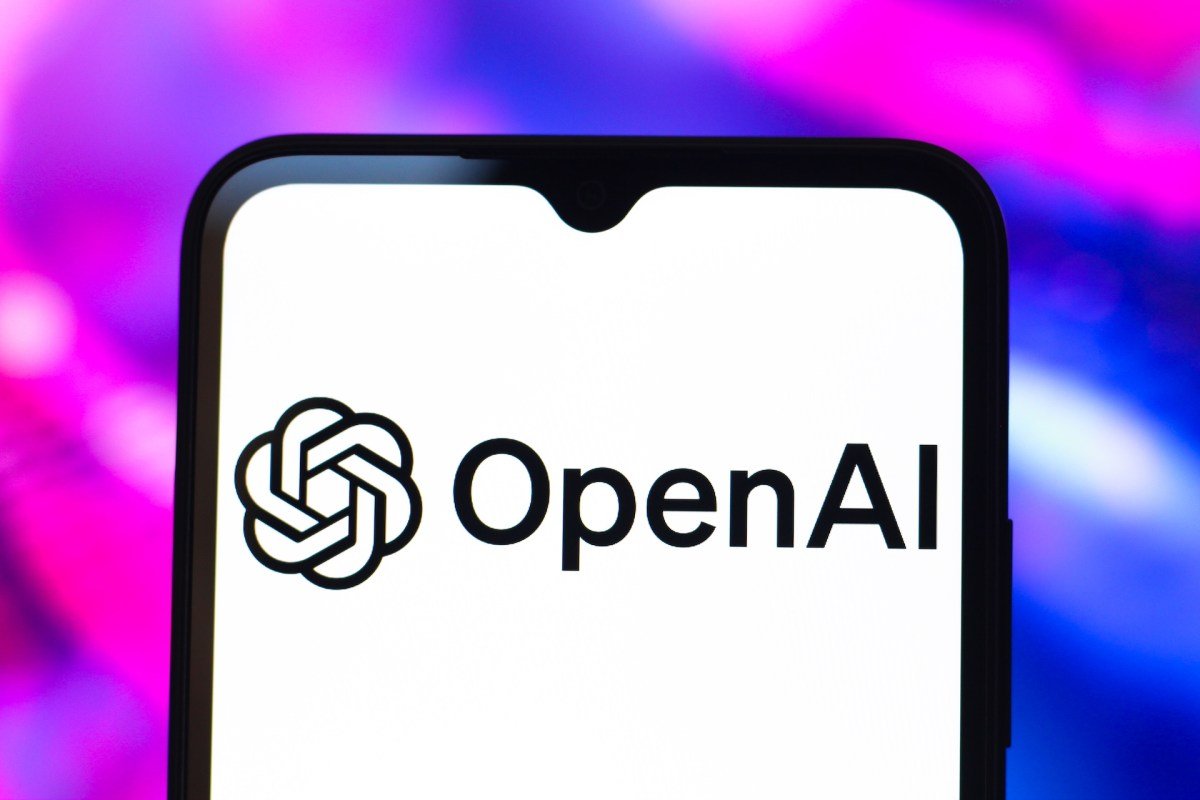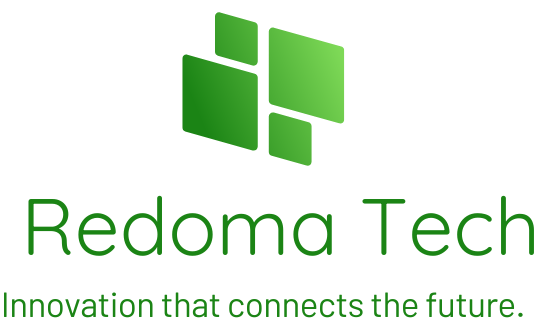
Recent incidents involving transparency issues in benchmark disclosures, such as criticisms against Epoch and Elon Musk’s xAI, highlight the importance of critical evaluation in the evolving landscape of AI technology.
 . Their tests yielded a score of around 10%, significantly lower than OpenAI’s initial claim né?. Touting the model’s capability to correctly answer over a quarter of the challenging FrontierMath problems OpenAI set a new benchmark that surpassed competitors by far. Wenda Zhou a member of OpenAI’s technical staff clarified that the o3 model in production prioritizes real-world use cases and speed potentially leading to benchmark variations compared to the demoed version.
. Their tests yielded a score of around 10%, significantly lower than OpenAI’s initial claim né?. Touting the model’s capability to correctly answer over a quarter of the challenging FrontierMath problems OpenAI set a new benchmark that surpassed competitors by far. Wenda Zhou a member of OpenAI’s technical staff clarified that the o3 model in production prioritizes real-world use cases and speed potentially leading to benchmark variations compared to the demoed version.
Despite these discrepancies OpenAI remains committed to improving its models. This situation serves as a reminder of the complexities involved in interpreting AI benchmark results, especially when commercial interests are at play.
The AI industry is no stranger to benchmarking controversies, as vendors strive to showcase their latest models né?. Epoch pointed out differences in testing setups and variables between their evaluation and OpenAI’s internal testing.
Further insights from the ARC Prize Foundation shed light on the situation, indicating that the public release of o3 may differ from the models tested in benchmarks né?. They have plans to introduce more powerful variants, like the o3-pro, in the near future. During a livestream, Mark Chen, OpenAI’s chief research officer, revealed that while most models struggled to surpass a 2% success rate on FrontierMath, the o3 model excelled at over 25% under aggressive test-time compute settings.
However, recent discrepancies emerged when Epoch AI, the independent research institute behind FrontierMath, released benchmark results of o3 né?. OpenAI’s unveiling of the o3 AI model in December left the industry astounded


